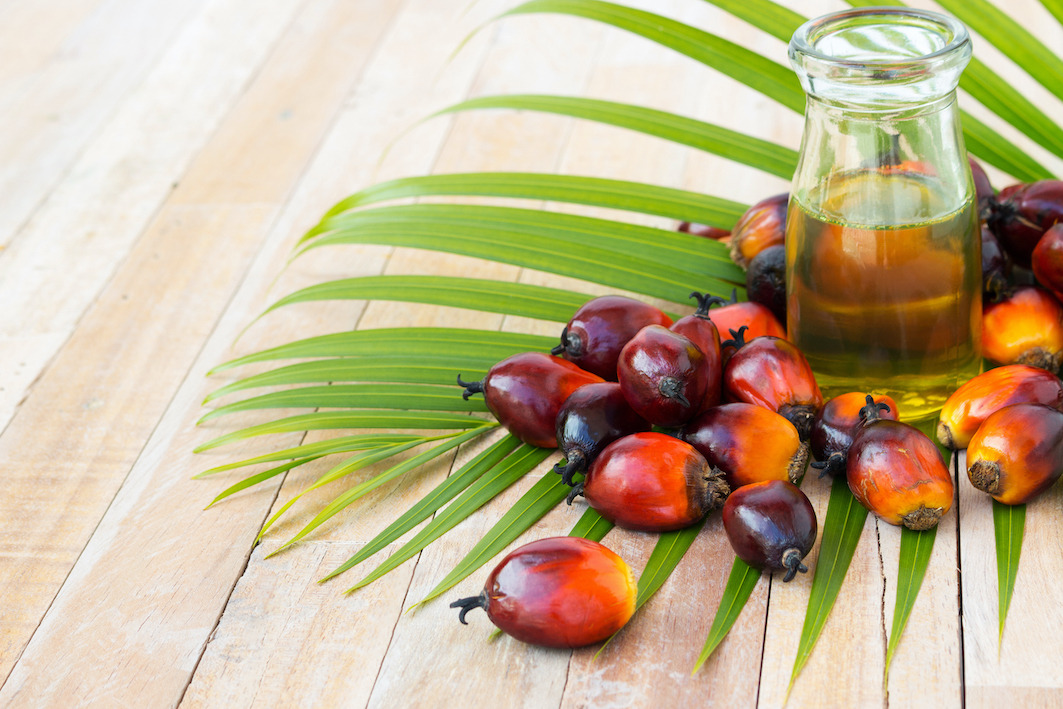DOE wants thorough study of palm oil as biodiesel
- December 3, 2021
- 0

The Department of Energy (DOE) said that it wants to conduct a thorough technical study on palm oil, particularly the development of standard specifications, before approving it as a form of biodiesel.
The agency was reacting to a reported pronouncement by the Federation of Philippine Industries (FPI), saying the agency was amenable to including palm oil as part of the country’s fuel mix.
Based on a recent report by the Manila Bulletin, FPI chairman Jesus Arranza pointed out that the use of palm oil instead of coconut oil in the diesel mix would have multiple benefits for motorists, local industries and farmers. Motorists alone, FPI said, would see lower diesel prices since palm oil is cheaper by $300-$500 per ton compared to coconut oil in the global market.
In a letter to the DOE dated October 4, FPI recommended exporting coconut oil so that local farmers could reap the corresponding benefits of its current high price in the world market. The group likewise proposed for the country to use the cheaper palm oil as an alternative for biodiesel production.
The DOE then set a virtual meeting with FPI to discuss details of its proposal in detail. FPI suggested using cheaper palm oil as feedstock for a lower biodiesel price, and asked that the Philippine National Standards be prepared to accommodate palm oil as biodiesel feedstock.
The DOE also stated that the group’s proposal shall be elevated to the National Biofuel Board (NBB), through its Biodiesel Committee (NBB-BDC), for a comprehensive evaluation and recommendation. The NBB-BDC is composed of the DOE, Philippine Coconut Authority, Department of Science and Technology, Department of Labor and Employment, and the Department of Trade and Industry.
Furthermore, the DOE still needs to validate the figures presented by the FPI, specifically the Rotterdam price comparison of crude palm oil (CPO) and crude coconut oil (CNO). The FPI has committed to provide the pertinent data to support its proposal, such as the latest historical price of CPO and CNO in the world market, as well as the actual production of CPO and CNO in the Philippines, including exported CNO volume and imported CPO volume.